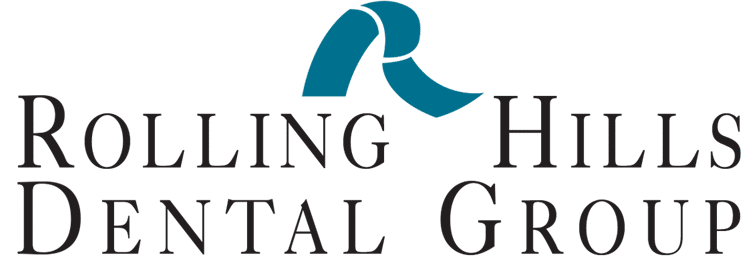Sleep apnea is a common disorder when a person has one or more pauses in breathing or shallow breaths during their sleep. Pauses in breathing may occur 30 times or more every hour. Typically, normal breathing begins again, sometimes with a loud snort or choking noise.
According to the American Dental Association, sleep apnea is categorized into two types depending on the cause:
- Obstructive Sleep Apnea– Abbreviated as OSA, it is caused by temporary obstructions in the airways during sleep. Fatty tissues of your throat or your tongue collapse and fall back into the airways which can restrict the free flow of air, and may even cause stoppage of breathing for an interval a few seconds. The brain partially wakes up from deep sleep just to restore your breathing. OSA can often be treated by the dentists at Rolling Hills Dental Group.
- Central Sleep Apnea– Central sleep apnea is a disorder in which your breathing repeatedly stops and starts during sleep. Central sleep apnea occurs because your brain doesn’t send proper signals to the muscles that control your breathing. This condition is different from obstructive sleep apnea, in which you can’t breathe normally because of upper airway obstruction. Central sleep apnea is less common than obstructive sleep apnea. Central sleep apnea may occur as a result of other conditions, such as heart failure and stroke.
Severity of Sleep Apnea

- Mild Apnea– 5 to 14 episodes of apnea per hour.
- Moderate Apnea– 15 to 30 episodes of apnea per hour.
- Severe Apnea– More than 30 episodes of apnea per hour.
Sleep Apnea Treatment
Different levels and types of sleep apnea require different treatments.
Obstructive sleep apnea treatment can be different. Mild apnea will improved be with no more than some changes in lifestyle such as quitting tobacco use, cutting back on alcohol, losing weight and sleeping on your side. For more severe cases of sleep apnea your dentist can help.
How Can a Dentist Help in Sleep Apnea?
Modern dentistry has provided very efficient and cost-effective solutions for obstructive sleep apnea therapy by providing sleep apnea oral appliances which involve no surgery and do not hurt or cause pain. While we sleep, gravity and muscle relaxation allows the tongue and surrounding soft tissue to fall back into the throat area, collapsing the airway and obstructing the airflow.
Custom-fit by a dentist, oral devices treat obstructive sleep apnea by moving the lower jaw slightly forward. This forward movement keeps the airway open, preventing apneas.
When patients suffer from severe sleep apnea other treatments may be required including breathing devices. CPAP (continuous positive airway pressure) is a common treatment in adults. A CPAP machine uses a mask that fits over the mouth and nose, or just over the nose. The machine gently blows air into the throat.
Learn more about sleep apnea and how our dental office can help you find a solution.
